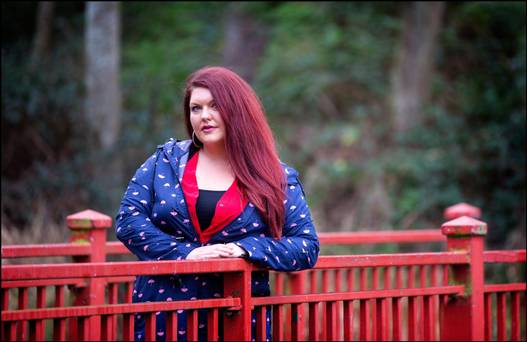Rosacea is a common skin condition affecting up to 10% of the population.
The characteristic symptoms of rosacea vary from person to person, and for some, fluctuate in severity over time.
The exact cause of rosacea is as yet, unclear, but in some instances people with rosacea can have their symptoms provoked or aggravated by exposure to environmental, physiological and emotional triggers, resulting in flare-ups.
Alongside rosacea treatments, recognising, avoiding or working around exposure to potential triggers, may help in the management of flares.
What is rosacea and how common is it?
Rosacea is a common, chronic inflammatory skin condition, which mainly affects facial skin and can be recognised by the presence of frequent flushing, persistent redness of central areas of the face, and in some people, acne-like spots or pimples, and/or visible and dilated blood vessels.
Other possible symptoms may include, skin dryness, skin thickening or swelling, raised red patches, itchy, stinging or irritated skin and eye symptoms.
This skin condition can occur at any age, but usually occurs in adults older than 30 years. Studies have suggested that rosacea may affect up to 10% of the population.
- Related: Rosacea information page
What causes rosacea?
The cause of rosacea remains uncertain, however, a number of theories have been proposed, which include the possible role of genetics, immune system factors, environmental triggers and the Demodex mite.
What is the Demodex mite?
A microscopic mite called Demodex folliculorum is a normal inhabitant of the pores (also called pilosebaceous follicles) on adult skin. Some research has shown a potential link between higher levels of the Demodex mite in individuals with rosacea compared to those unaffected by rosacea. The reason for this is unknown.
What is a rosacea trigger?
In some cases, people with rosacea, can have their symptoms potentially provoked or made worse by exposure to certain triggers. Anything that causes rosacea to flare or make the symptoms worse is called a trigger, and may include, exposure of facial skin to ultraviolet light from the sun, high and low temperatures, the wind on your face, emotional stress and anxiety, physical activity, alcohol, smoking, spicy food and hot drinks.
Why is it important to identify potential triggers?
The triggers mentioned above are not a comprehensive list and may or may not cause flare-ups as people affected by rosacea can have different individual triggers. You may have to carry out a little detective work, to get a sense of what may provoke a flare-up of your rosacea.
Sometimes people find it helpful to keep a written diary of rosacea symptoms/flare-ups, for example; what foods/beverages you ate or drank, personal care products used and situations where you were exposed to sunlight, wind, or hot and cold temperatures. Diary entries may be gathered over a couple of weeks or months, in order to help track and detect any triggers associated with rosacea flares. If you have identified triggers, it’s best to avoid these or work around them if possible, in order to help control symptoms and reduce flares of rosacea.
Diagnosis and Treatment
It is important to visit your GP for an assessment, diagnosis, appropriate advice and treatment or onward referral to a dermatologist if required.
Because rosacea symptoms may differ from person to person, medical treatments, lifestyle changes when triggers have been identified and skin care may all be tailored on an individual basis. Treatments may include topical (creams/lotions/gels), medications taken orally and other treatments which may include laser and light devices to treat redness and dilated blood vessels.
Rosacea: Skin-care tips
- Skin care products – Choose products that are mild, non-irritating, fragrance-free and alcohol-free.
- Cleanse – Wash facial skin with a gentle cleanser or a soap substitute with lukewarm water and pat skin dry. Avoid vigorous washing and scrubbing as this can irritate the skin.
- Moisturise – Select a moisturiser which is fragrance free and “non-comedogenic” or “oil-free”. Apply moisturiser to facial skin regularly, to help prevent dryness and sensitivity.
- UV protection – It has been suggested that ultraviolet rays can trigger a rosacea flare or aggravate symptoms. It is therefore advisable to avoid direct sunlight by seeking shade, wearing a hat with a wide brim, sunglasses, avoiding the mid-day sun and also using a broad spectrum sunscreen, offering protection from both UVA/UVB, with a minimum SPF 30, before heading outdoors.
- Shaving – Electric shavers may be more comfortable for men with rosacea. Avoid any shaving creams or lotions that burn or sting your skin.
- Eye care – If your eyes are affected, consult with your doctor. For mild eye symptoms which may include dryness and/or gritty feeling in the eyes, eye care may help in managing these symptoms. These can include: gently washing the eyes twice daily with warm water and using artificial tears.
Finally, keep a written diary to track or help identify potential triggers and avoid or reduce exposure to identified provoking triggers if possible.
For more information about rosacea, visit our main rosacea page here. If you need help or guidance about managing your rosacea, contact the ISF Helpline here.













